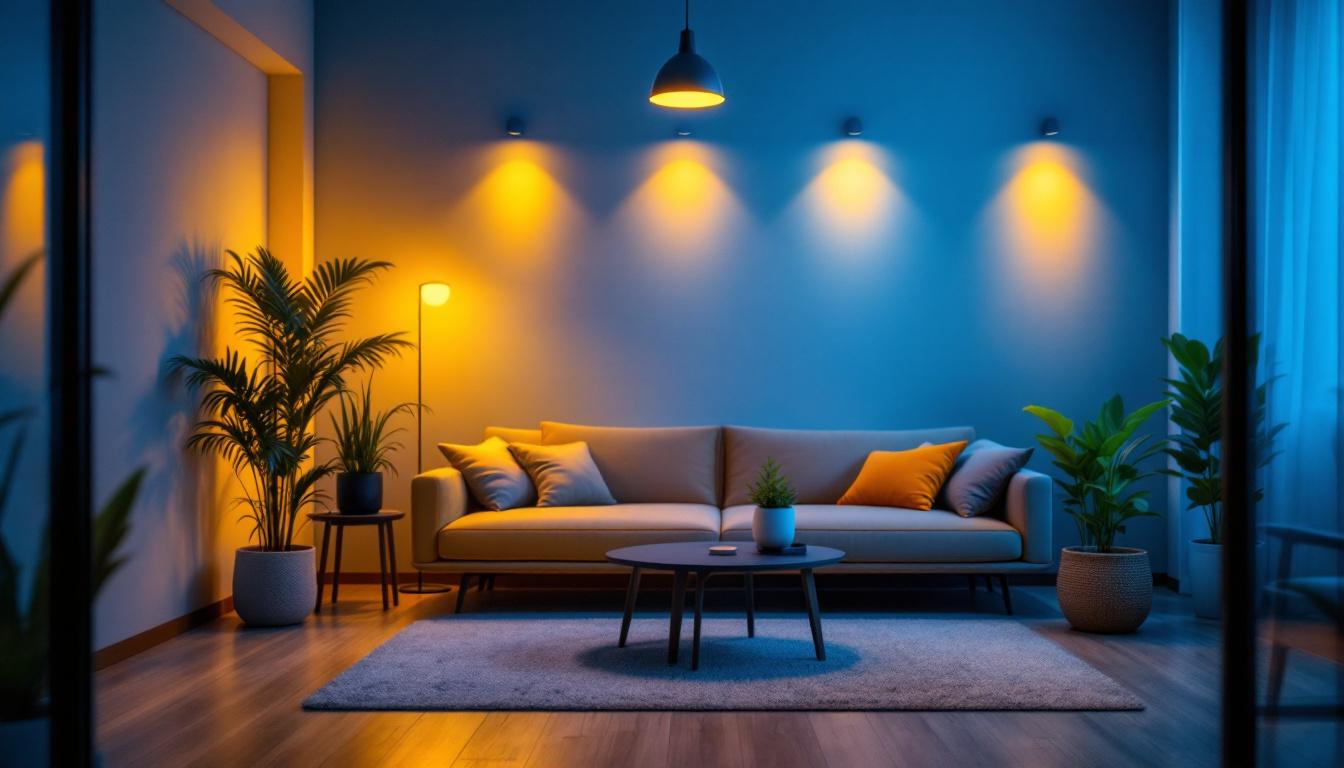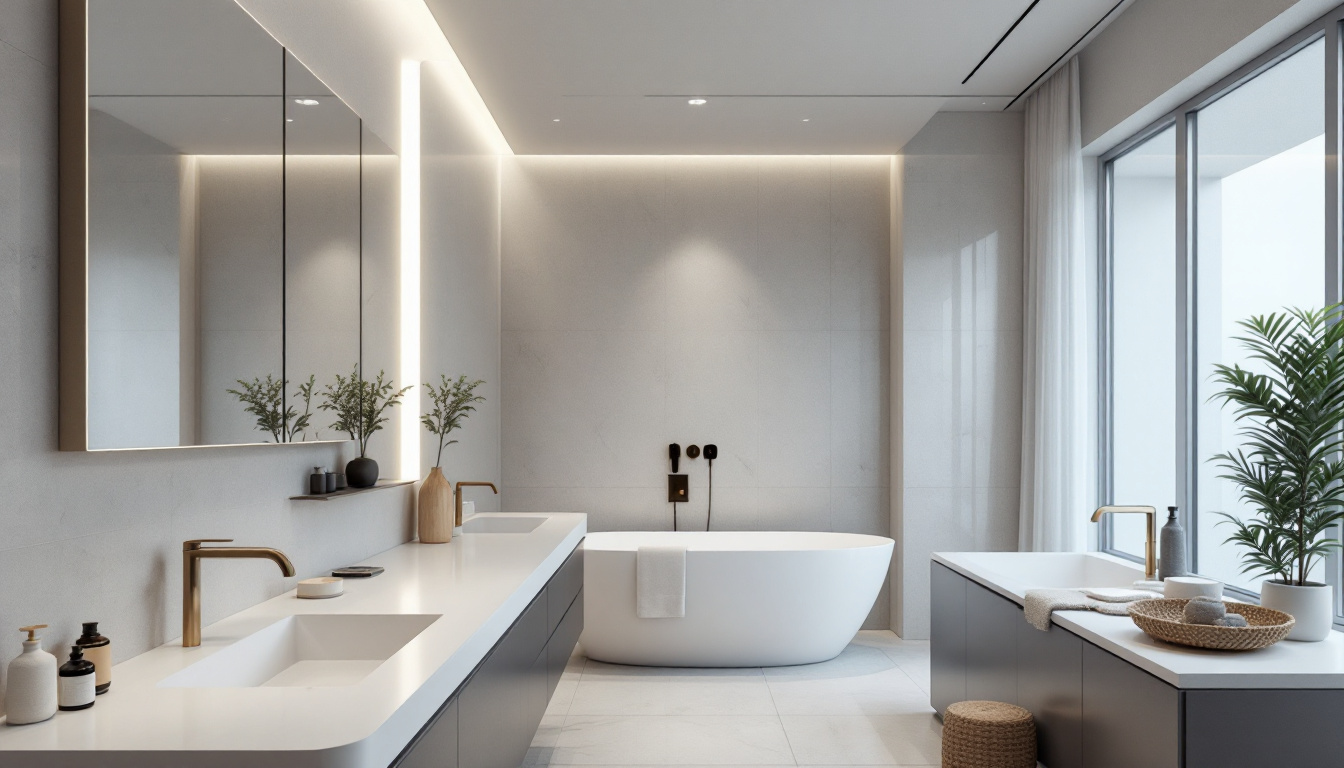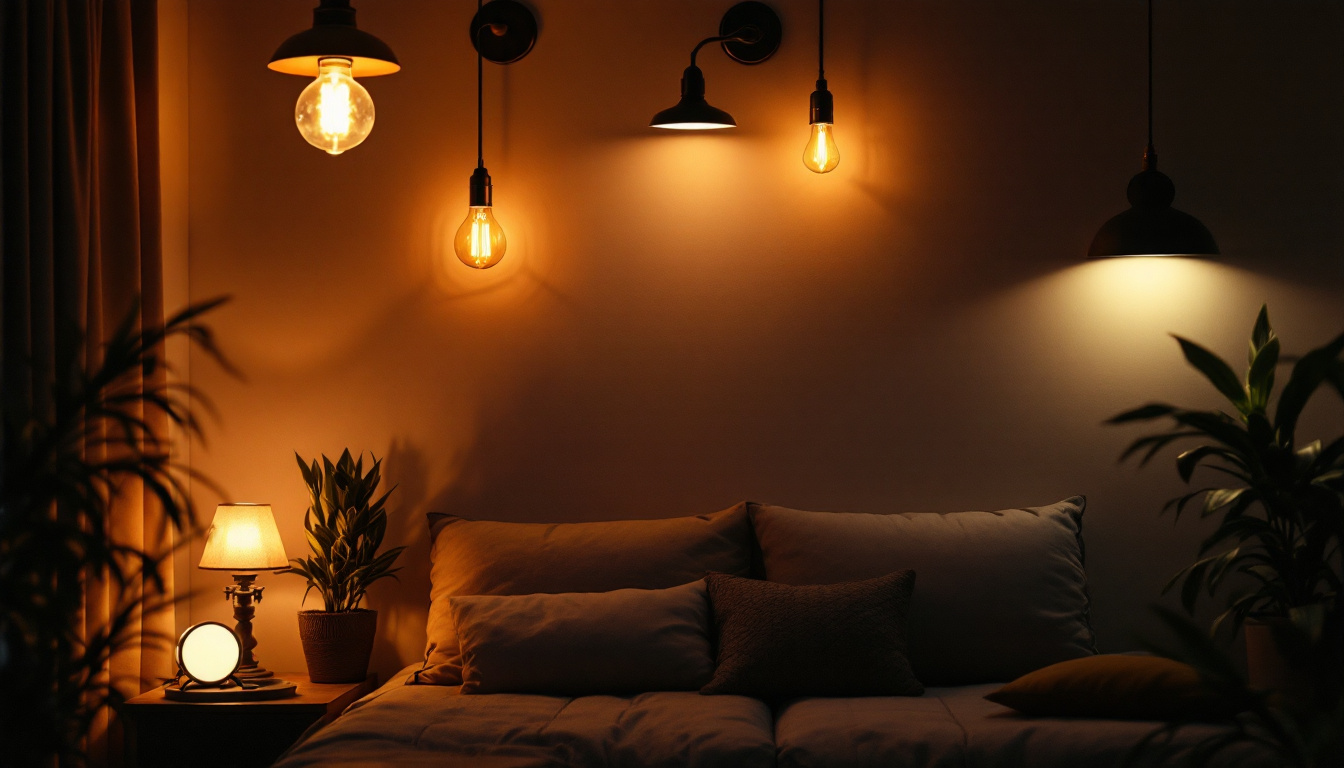
Flouracent: The Growing Importances in the Lighting Industry
The lighting industry is undergoing a significant transformation, with new technologies and trends emerging to meet the evolving needs of consumers and businesses alike. One of the most notable developments in this space is the rise of flouracent lighting solutions. These innovative lighting technologies are not only enhancing the quality of light but also contributing to energy efficiency and sustainability. For lighting contractors, understanding the implications of flouracent technologies is essential for staying competitive and meeting client demands.
Flouracent lighting refers to a category of lighting solutions that utilize fluorescent technology, often combined with advanced features that enhance performance and efficiency. Unlike traditional incandescent bulbs, flouracent lights offer a longer lifespan and reduced energy consumption, making them a popular choice for both residential and commercial applications.
Flouracent lights are characterized by their unique construction and operation. They typically consist of a gas-filled tube that emits ultraviolet light when an electric current passes through it. This UV light then excites a phosphor coating on the inside of the tube, producing visible light. This process not only makes flouracent lighting more energy-efficient but also results in a broader spectrum of light, which can be tailored to various applications.
Another key characteristic is their versatility. Flouracent lights come in various shapes and sizes, including tubes, compact fluorescent lamps (CFLs), and even integrated LED options. This adaptability allows contractors to select the ideal solution for different environments, from offices and retail spaces to industrial facilities. In addition, many flouracent fixtures are designed to be easily integrated into existing lighting systems, making upgrades and retrofits more straightforward and cost-effective.
The benefits of flouracent lighting extend beyond mere energy savings. One of the most significant advantages is the reduction in carbon footprint. By consuming less energy, flouracent lights contribute to lower greenhouse gas emissions, aligning with the growing emphasis on sustainability in the construction and renovation sectors. Moreover, the longevity of flouracent bulbs—often lasting up to 10 times longer than traditional incandescent bulbs—means less frequent replacements, which further reduces waste and resource consumption.
Additionally, flouracent lights often provide superior color rendering, which can enhance the aesthetics of a space. This is particularly important in retail environments where product presentation is crucial. The right lighting can influence consumer behavior and drive sales, making flouracent technology an attractive option for business owners. Furthermore, advancements in dimming technology and smart controls have allowed for even greater customization of flouracent lighting, enabling users to adjust brightness and color temperature to suit different times of day or specific tasks, thereby enhancing both functionality and ambiance in any setting.
When comparing flouracent lighting to traditional solutions, several factors come into play. While incandescent bulbs have been a staple in the lighting industry for decades, their inefficiency and shorter lifespan make them less appealing in today’s market. Flouracent lights, on the other hand, offer a compelling alternative that addresses many of the shortcomings of traditional lighting.
One of the most significant advantages of flouracent lighting is its energy efficiency. Flouracent lights consume considerably less electricity than incandescent bulbs, often using up to 75% less energy to produce the same amount of light. This not only translates to lower utility bills for consumers but also reduces the overall demand for electricity, contributing to a more sustainable energy landscape. Additionally, the reduced energy consumption means that less fossil fuel is burned to generate electricity, which can lead to a decrease in greenhouse gas emissions and a positive impact on the environment.
Flouracent lights also boast a longer lifespan compared to traditional incandescent options. While incandescent bulbs may last around 1,000 hours, flouracent lights can last anywhere from 7,000 to 15,000 hours or more, depending on the type and usage. This longevity reduces the frequency of replacements, resulting in lower maintenance costs and less waste. Furthermore, the extended lifespan of flouracent lighting means that fewer resources are needed for manufacturing and distribution, further enhancing their environmental benefits. In commercial settings, where lighting is often on for extended periods, the cost savings and reduced labor associated with changing bulbs can be particularly significant, allowing businesses to allocate resources more efficiently.
In addition to energy efficiency and lifespan, the quality of light produced by flouracent fixtures is another key consideration. Flouracent lights are available in various color temperatures, allowing users to choose the type of light that best suits their needs, whether it be a warm, inviting glow for residential spaces or a cooler, more focused light for work environments. This versatility makes flouracent lighting suitable for a wide range of applications, from offices and retail spaces to homes and outdoor areas. Furthermore, advancements in technology have led to the development of dimmable flouracent options, providing even greater control over the ambiance and functionality of a space.
The versatility of fluorescent lighting makes it suitable for a wide range of applications. From commercial spaces to residential homes, fluorescent solutions can be tailored to meet specific lighting needs.
In commercial environments, fluorescent lighting is commonly used in offices, retail stores, and warehouses. The energy efficiency and longevity of these lights make them an attractive option for businesses looking to reduce operating costs. Additionally, the quality of light produced by fluorescent solutions can enhance employee productivity and create a more inviting atmosphere for customers. For instance, in open office layouts, the even distribution of light helps minimize shadows and glare, contributing to a more comfortable working environment. Retail spaces benefit from fluorescent lighting as well, as it can be used to highlight merchandise, ensuring that products are displayed in the best possible light, which can ultimately lead to increased sales.
In residential settings, fluorescent lighting is gaining popularity as homeowners seek eco-friendly and cost-effective lighting solutions. With options like CFLs and integrated LED fluorescent fixtures, homeowners can enjoy the benefits of energy-efficient lighting without sacrificing style or functionality. Furthermore, the wide range of color temperatures available allows homeowners to create the desired ambiance in their living spaces. For example, warmer tones can create a cozy atmosphere in bedrooms and living rooms, while cooler tones are ideal for kitchens and workspaces, promoting alertness and focus. Moreover, advancements in technology have led to the development of dimmable fluorescent options, giving homeowners even greater control over their lighting environment, allowing them to adjust brightness levels according to the time of day or specific activities, such as reading or entertaining guests.
Despite the numerous advantages of flouracent lighting, there are challenges that lighting contractors and consumers must navigate. Understanding these challenges is crucial for making informed decisions and maximizing the benefits of flouracent technology.
One of the primary challenges associated with flouracent lighting is the initial cost. While these solutions often save money in the long run due to their energy efficiency and longevity, the upfront investment can be higher than traditional incandescent options. Contractors must communicate the long-term savings to clients to justify the initial expense.
Another challenge is compatibility with existing fixtures and systems. Not all flouracent lights are compatible with traditional wiring or dimming systems, which may require additional modifications during installation. Contractors must be well-versed in the specifications of flouracent products to ensure seamless integration into various environments.
The future of flouracent lighting is promising, with several trends shaping its development and adoption in the industry. Keeping an eye on these trends can help lighting contractors stay ahead of the curve and provide clients with the most innovative solutions.
As the demand for smart home and building technologies continues to rise, flouracent lighting is likely to integrate more seamlessly with these systems. Smart flouracent lights can offer features such as remote control, scheduling, and automation, allowing users to customize their lighting experience. This trend will not only enhance convenience but also contribute to energy savings through optimized usage.
Advancements in phosphor technology are leading to improved color rendering capabilities in flouracent lights. This means that future flouracent solutions will produce light that more accurately represents colors, enhancing the overall aesthetic of spaces. Contractors can expect to see a growing demand for high-quality lighting solutions that prioritize both functionality and design.
Flouracent lighting is carving out an essential role in the lighting industry, offering numerous benefits that align with the needs of modern consumers and businesses. As energy efficiency, sustainability, and quality of light become increasingly important, flouracent solutions are poised to become a go-to option for lighting contractors and their clients.
By understanding the characteristics, applications, and future trends of flouracent lighting, contractors can position themselves as knowledgeable professionals ready to meet the demands of a changing market. Embracing these innovations not only enhances the services offered but also contributes to a more sustainable future in the lighting industry.
In a landscape where energy efficiency and quality are paramount, flouracent lighting stands out as a solution that addresses both. As the industry continues to evolve, staying informed about these developments will be key to success for lighting contractors looking to thrive in a competitive environment.
Ready to harness the power of flouracent lighting for your next project? Look no further than LumenWholesale, where we specialize in providing contractors with the highest quality, spec-grade lighting products at unbeatable wholesale prices. Say goodbye to local distributor markups and hello to a vast selection of reliable, high-performance lighting that meets the most rigorous industry standards. With the added convenience of free shipping on bulk orders, LumenWholesale is your go-to source for premium lighting solutions that promise quality, affordability, and convenience. Elevate your lighting game and discover the best value in wholesale lighting today.

Discover how weather tight electrical boxes are revolutionizing the lighting industry by ensuring safety and durability.

Discover how recessed lighting can transform your bathroom into a stylish and functional space.

Discover expert insights from top lighting contractors on the innovative light switch outlet.

Explore the critical role of low lighting in modern design and discover why lighting contractors prioritize it for creating ambiance and enhancing functionality.